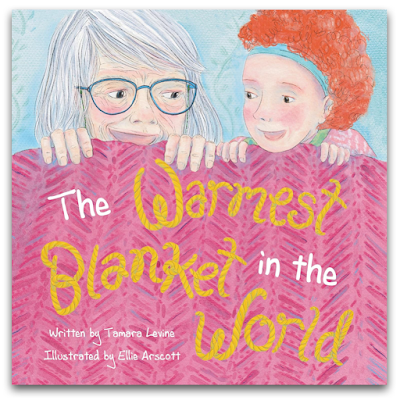Nimbus Publishing
978-1-77471-363-1
32 pp.
Ages 4-8
April 2025
For many of us, losing a day is a negative event. It means that we lost 24 hours in which we could have accomplished something or been more present for others or ourselves or enjoyed life. It could be losing it to strong feelings or procrastination, to futility, defeat or discombobulation. But Briana Corr Scott shows children that the loss of a day can bring positives of calm, greater clarity, effectiveness, and more.
 |
| From I Lost a Day, written and illustrated by Briana Corr Scott |
When those times come, each finds a way to cope, whether it be hiding under their sheets, listening to the rain, reading, sketching, playing music, running, or just being outdoors. Everyone is different but they choose strategies that work for them to help be distracted from the anger or the sadness or to help it dissipate.When my head holds a stormThat blocks out the lightWhen my hands are hard fistsThat are ready to fight...
I smell the cool earthAs the wind moves the leavesA piece of my sadnessFloats away on the breeze.
 |
| From I Lost a Day, written and illustrated by Briana Corr Scott |
Yarn that is tangledCan always be wound...In the days that I lostIt was me that I found.
The title of I Lost a Day caught me off-guard with the discouraging tone I thought it set for the book. It is but a title. That title and the first illustrations of the book are just a preamble to explain what children can do to deal with big feelings of anger and depression, irritability and anxiety. It sets up the story to be one of enlightenment, in other words one of learning to see differently and to feel the lightness that comes of self-care. Briana Corr Scott, whose book While You Were Sleeping I reviewed in 2023, has a delicacy to her storytelling and her artwork. Her author's note details a personal connection to the story of I Lost a Day–in addition to suggestions for other activities to help cope with those lost days–and I believe that this connection is what has helped her be sensitive and comprehensive in the strategies she recommends to children to try.
 |
| From I Lost a Day, written and illustrated by Briana Corr Scott |
That awareness of the enormity of those feelings and that potential ways in which they may be addressed and successfully waived come through in Briana Corr Scott's illustrations. She uses gouache and watercolour to create artwork that portrays those overwhelming feelings that can cause a loss of days, days of raging storms and devastating anguish. These images are powerful in their darkness and their influence to dominate. But then Briana Corr Scott shows children finding the stillness in rain and reading and the quiet in running and drawing, and recovering themselves.
The sadness can't catch meI'll pass it right byMy body feels lighterWhen I sit and sigh.
This is not a how-to book to defeat depression or anger. It is however a story that appreciates how time may be lost to feelings that overwhelm and offers possibilities for coping with no judgment and no obligation to conform or control. Briana Corr Scott, instead, shows kindness and understanding with the hope that we might find ways to care for our mental health that work for us.









































